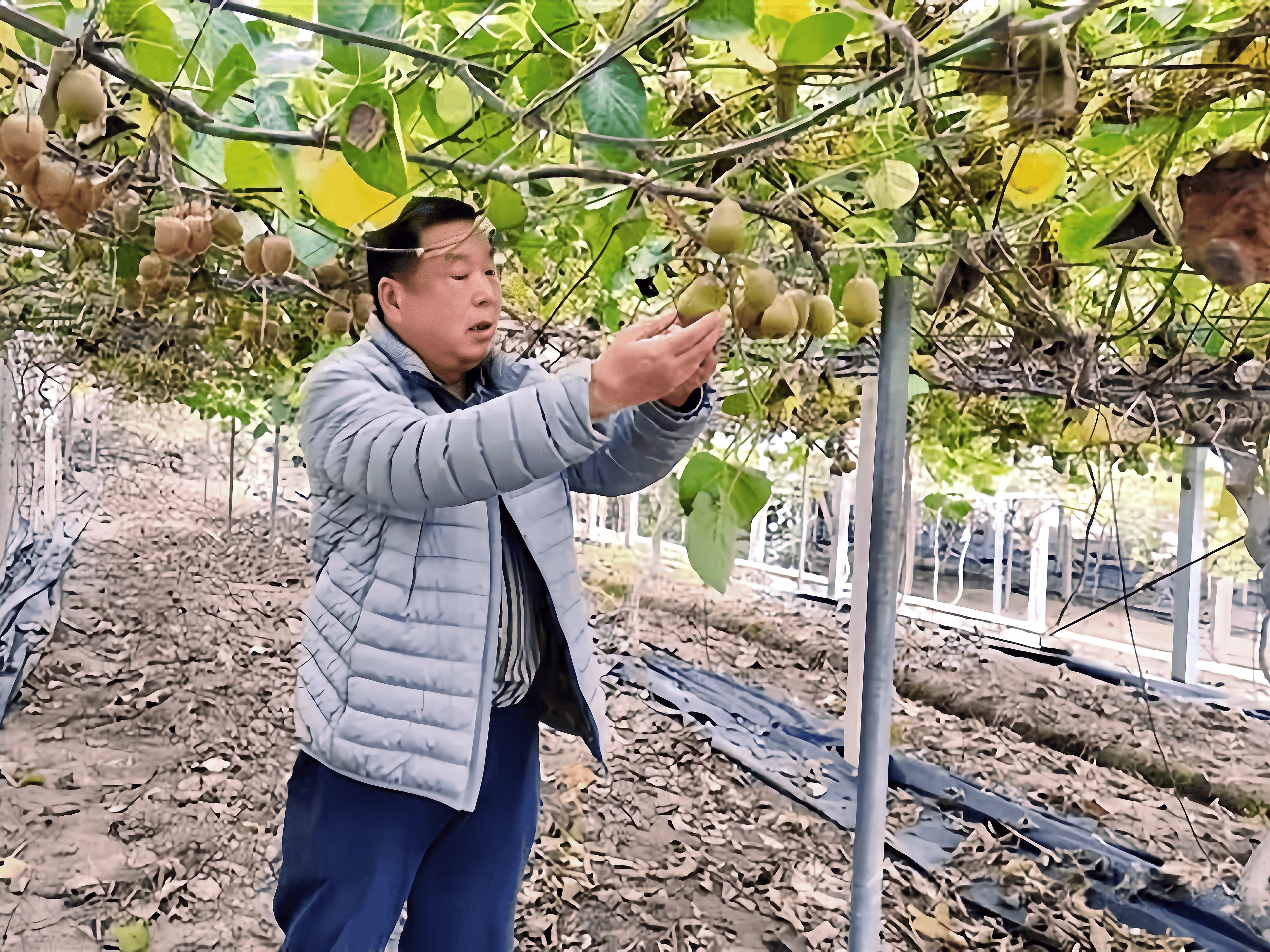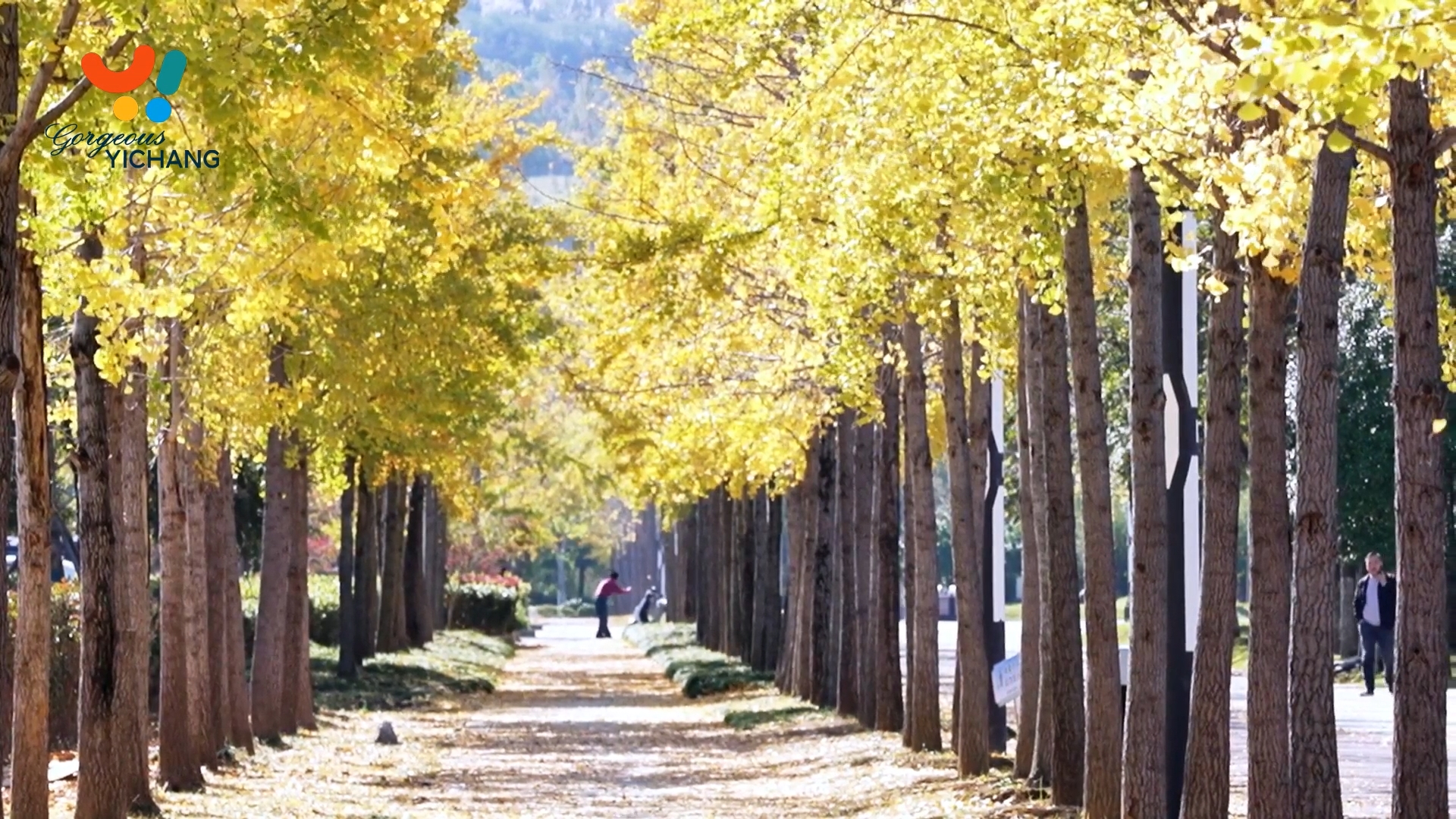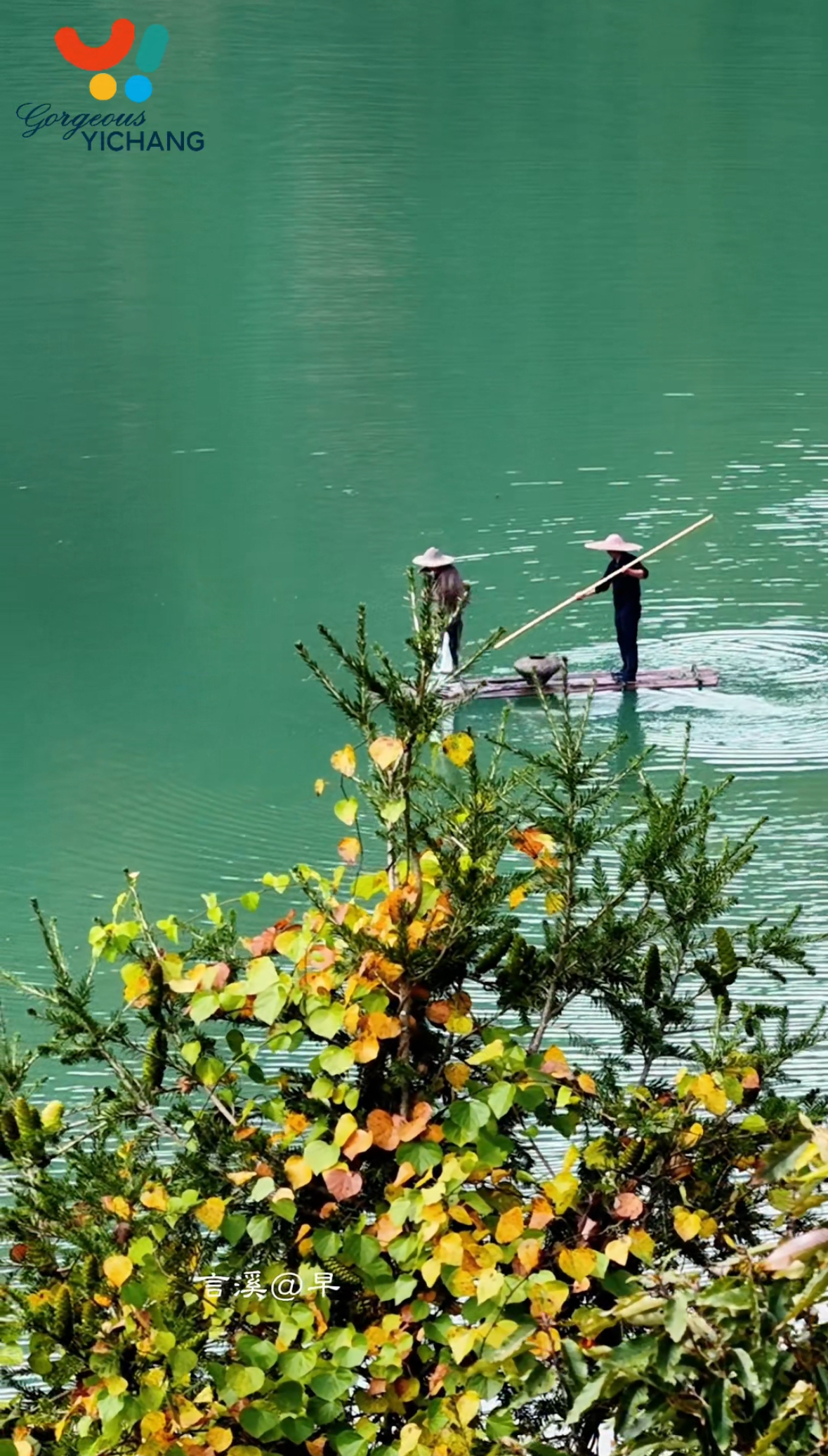Circular Farming in Yichang: Fewer chemicals, more recycling, higher profits
2025-11-20 21:11:39
By Hu Yikai.
From earthworm-powered fertilizer systems to high-tech mulch that returns to the factory instead of staying in the soil, Yichang is converting farm waste into profit while reducing chemical and plastic residues. The results show that circular agriculture can be both green and profitable.

Yichang’s circular-agriculture push is delivering clear environmental gains. Since 2020, the city has cut chemical fertilizer use by 9.83 percent and pesticide use by 11.57 percent, maintained crop-straw utilization above 95 percent, and raised agricultural plastic-film recycling to 85.81 percent.
At the Dongfang Nianhua Pastoral Complex in Zhijiang, straw and animal manure pass through earthworm beds to produce a premium organic fertilizer rich in humic acid and beneficial microbes.
“We follow the ‘five no’s’: no chemical fertilizers, no herbicides, no GMO (Genetically Modified Organism) seeds, no feed additives, and no non-biological pesticides,” said Wang Youquan, planting supervisor at Hubei Dongfang Nianhua Agricultural Development Co., Ltd.
The site operates a closed“plant-breed-process” loop: worms turn waste into fertilizer, fertilizer feeds crops, crops and livestock generate new waste that reenters the system.
The complex now processes 2,800 tons of agricultural waste each year and produces 1,000 tons of high-grade organic fertilizer, pushing its annual output value above 10 million yuan (US$1.41 million).
Zigui County is expanding organic fertilizer use, green pest-control methods, and advanced film-recycling practices.

“Our reinforced mulch film is half a millimeter thicker than standard types, tears less, and insulates better, so over 90 percent is returned after harvest,” said Wang Xiaoyu, Director of the Yichang Agricultural Ecology & Resource Protection Station.
In total, 108,667 hectares of farmland have adopted the new films—101,384 hectares using reinforced mulch and 7,337 hectares using fully biodegradable film—reducing plastic residue and improving soil temperature in high-altitude plots.
Zhou Chongyu and Li Jiagan also contributed to this story.
From earthworm-powered fertilizer systems to high-tech mulch that returns to the factory instead of staying in the soil, Yichang is converting farm waste into profit while reducing chemical and plastic residues. The results show that circular agriculture can be both green and profitable.

Earthworms enriching soil through natural activity. Photo by Zhou Chongyu.
Yichang’s circular-agriculture push is delivering clear environmental gains. Since 2020, the city has cut chemical fertilizer use by 9.83 percent and pesticide use by 11.57 percent, maintained crop-straw utilization above 95 percent, and raised agricultural plastic-film recycling to 85.81 percent.
At the Dongfang Nianhua Pastoral Complex in Zhijiang, straw and animal manure pass through earthworm beds to produce a premium organic fertilizer rich in humic acid and beneficial microbes.
“We follow the ‘five no’s’: no chemical fertilizers, no herbicides, no GMO (Genetically Modified Organism) seeds, no feed additives, and no non-biological pesticides,” said Wang Youquan, planting supervisor at Hubei Dongfang Nianhua Agricultural Development Co., Ltd.
The site operates a closed“plant-breed-process” loop: worms turn waste into fertilizer, fertilizer feeds crops, crops and livestock generate new waste that reenters the system.
The complex now processes 2,800 tons of agricultural waste each year and produces 1,000 tons of high-grade organic fertilizer, pushing its annual output value above 10 million yuan (US$1.41 million).
Zigui County is expanding organic fertilizer use, green pest-control methods, and advanced film-recycling practices.

At an eco-friendly orchard in Zigui, the manager is harvesting Kiwifruit. Photo by Zhou Chongyu.
“Our reinforced mulch film is half a millimeter thicker than standard types, tears less, and insulates better, so over 90 percent is returned after harvest,” said Wang Xiaoyu, Director of the Yichang Agricultural Ecology & Resource Protection Station.
In total, 108,667 hectares of farmland have adopted the new films—101,384 hectares using reinforced mulch and 7,337 hectares using fully biodegradable film—reducing plastic residue and improving soil temperature in high-altitude plots.
Zhou Chongyu and Li Jiagan also contributed to this story.






